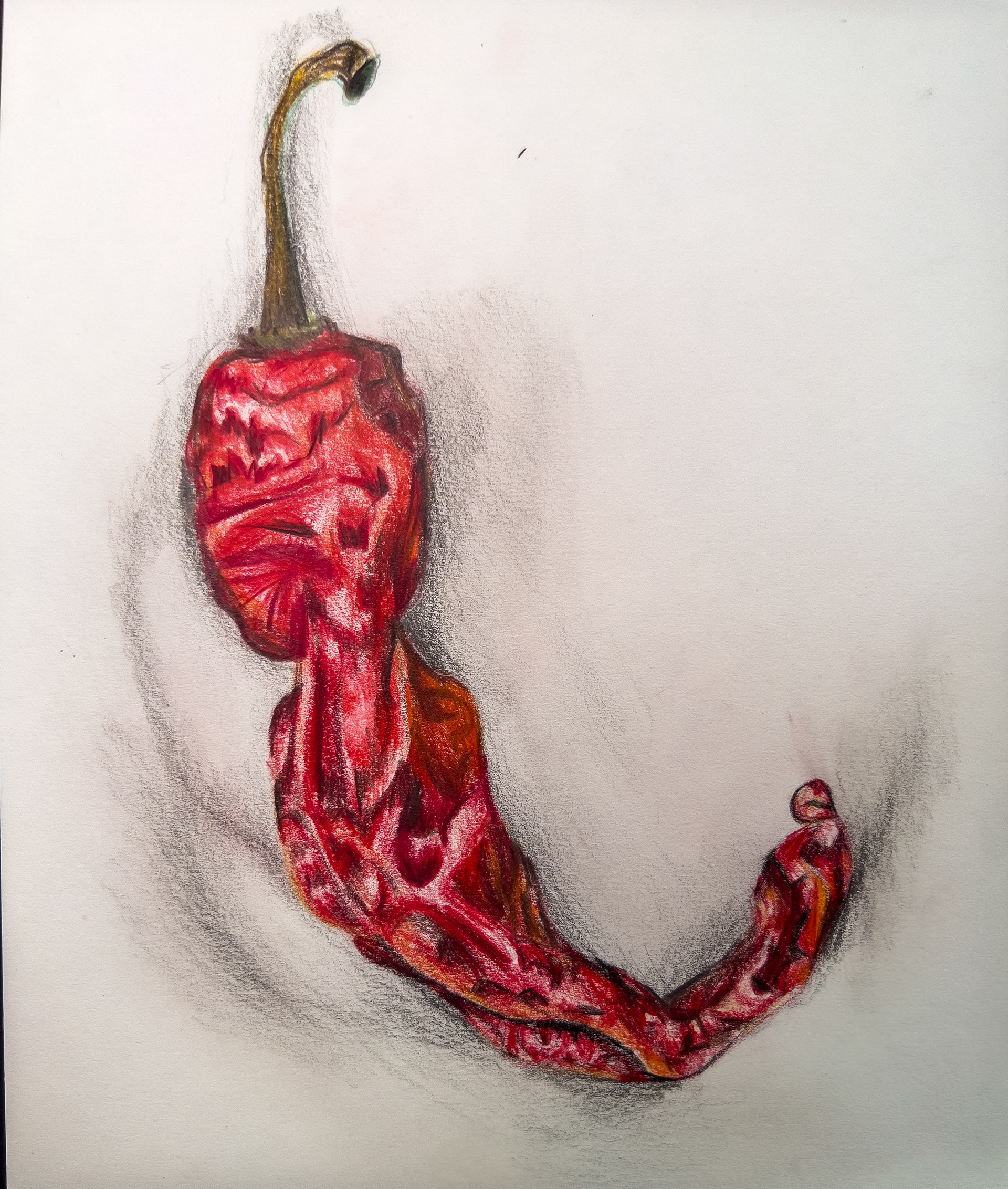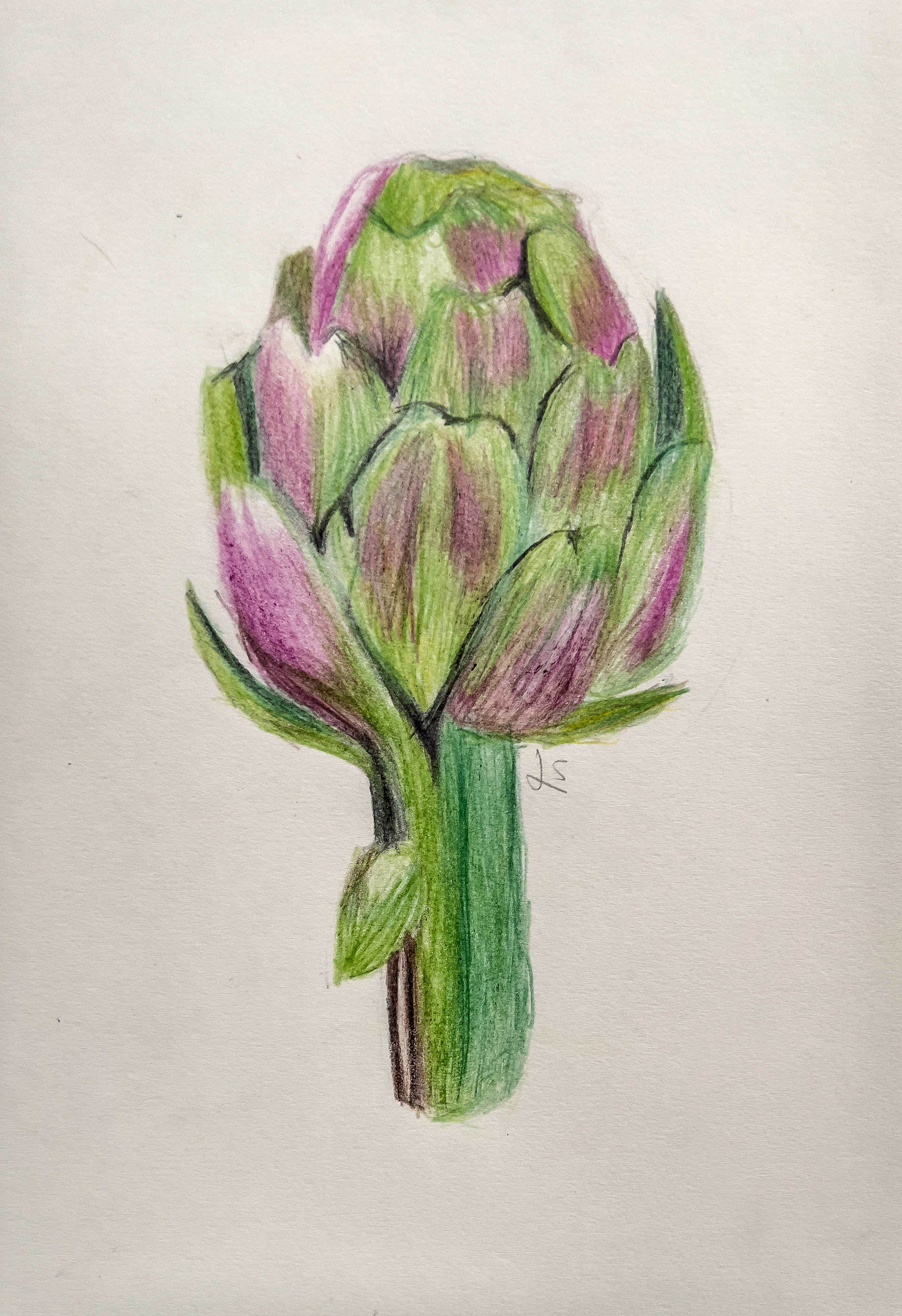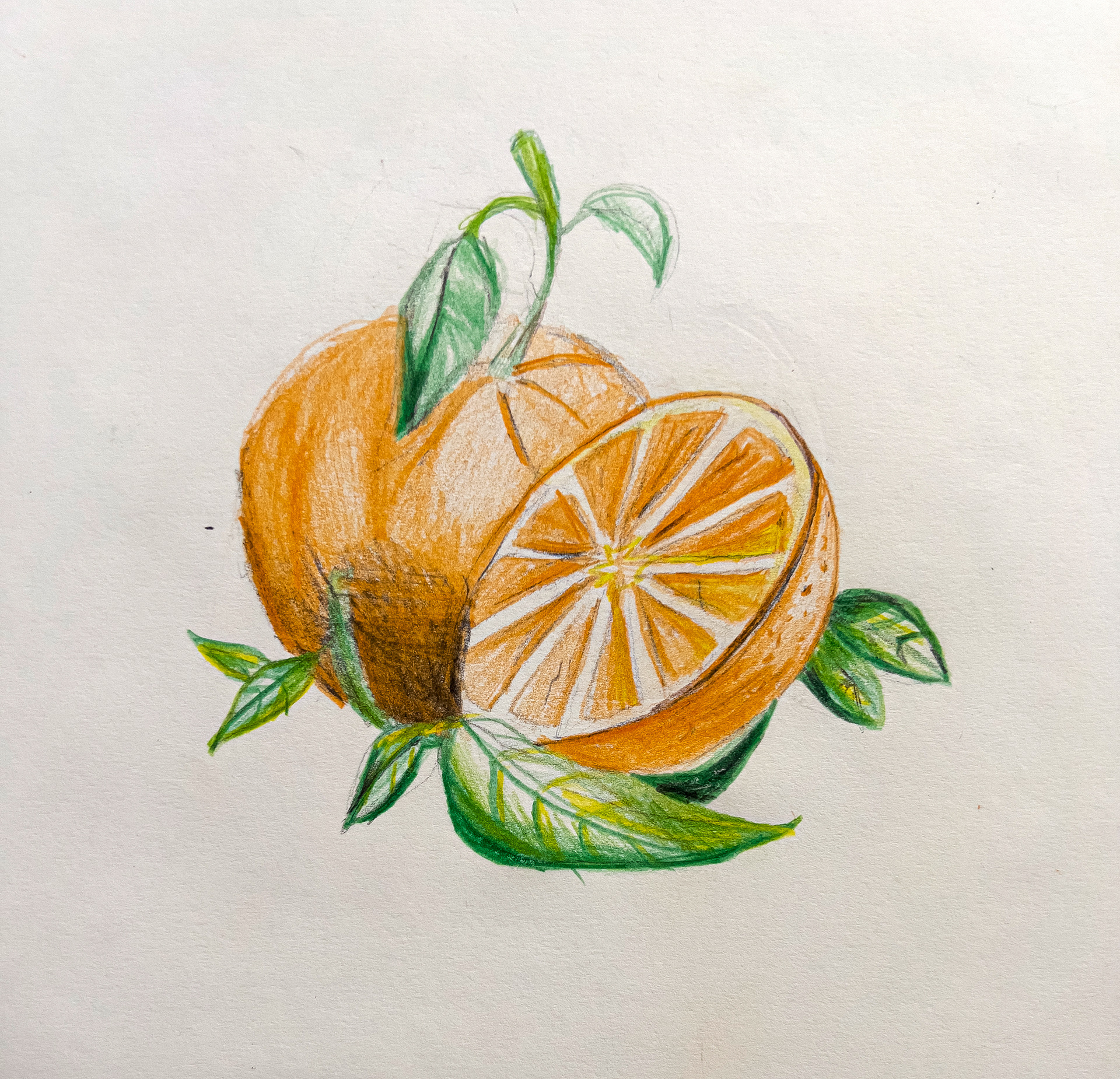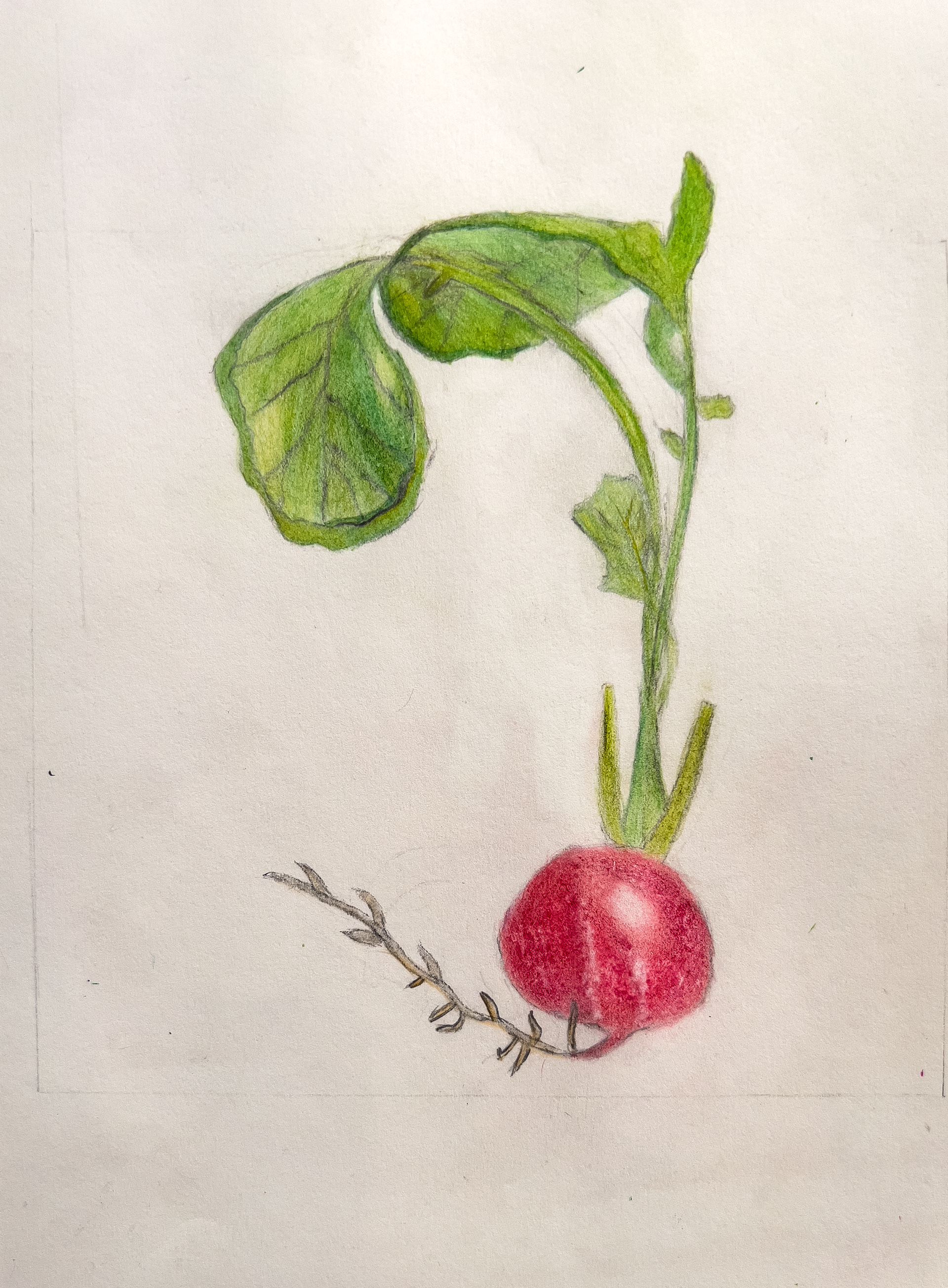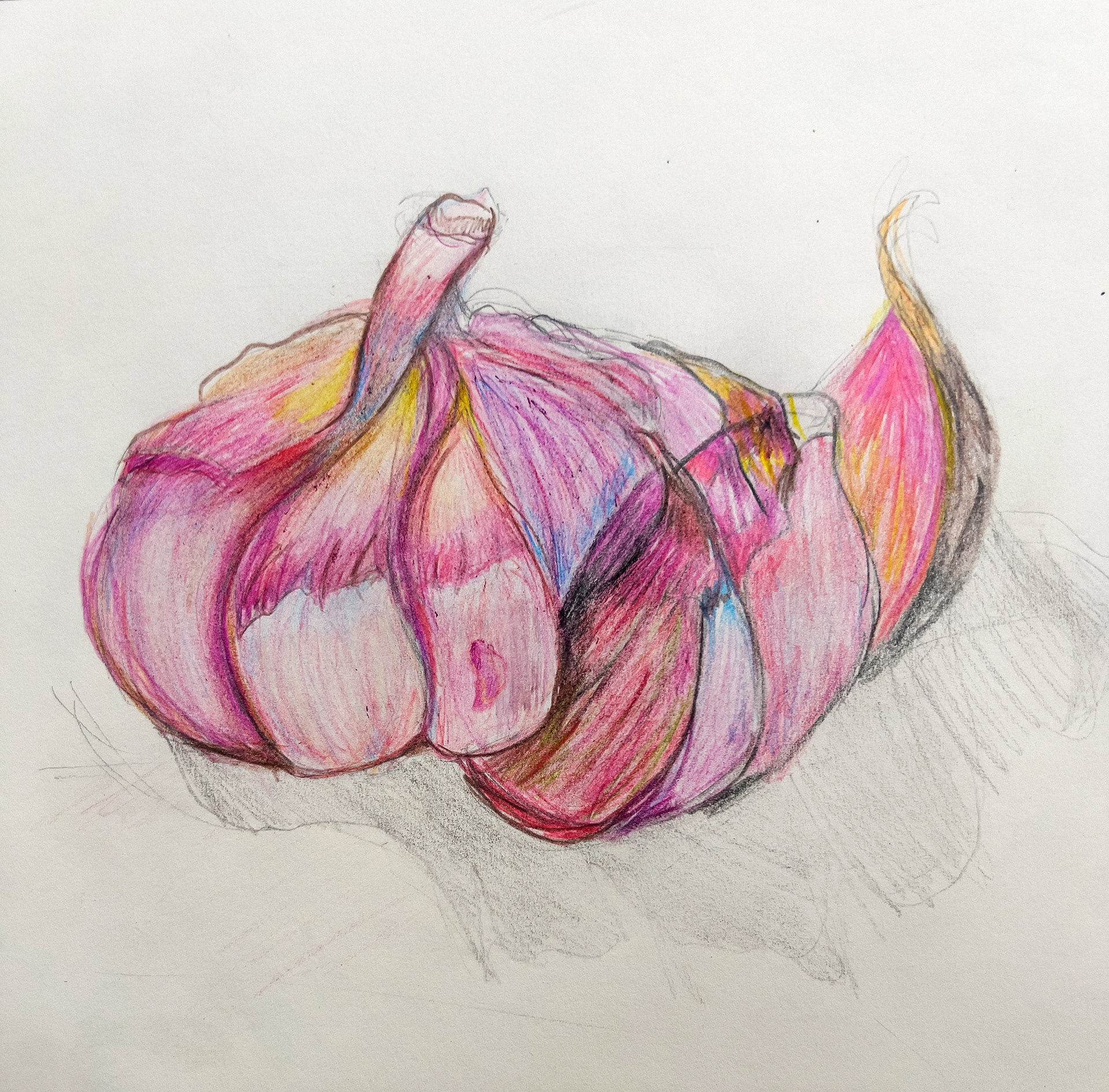Learning Objectives:
• Learn how to apply coloured pencils
• Learn how to blend from one colour into another using coloured pencils
• Understand how new colours can be mixed by blending or layering colours
• Learn how to blend from one colour into another using coloured pencils
• Understand how new colours can be mixed by blending or layering colours
What you will need:
Sketching paper (or your sketchbook), a soft pencil (preferably 2B or 4B), coloured pencils, eraser and a pencil sharpener.
Your Task:
Watch the demo video and then, using coloured pencils. draw one of the images below following the same techniques shown.
Demo video:
Reference images:
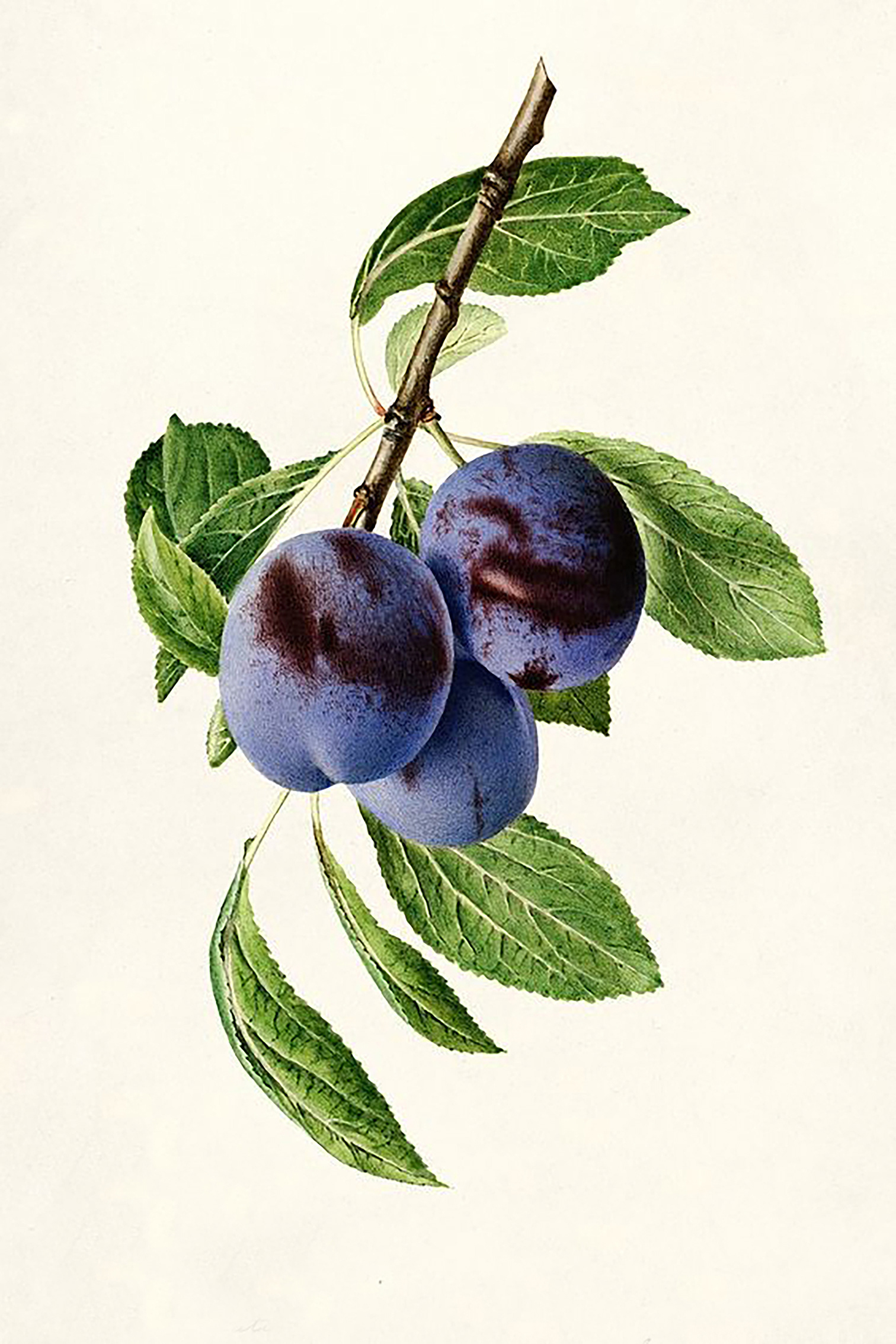

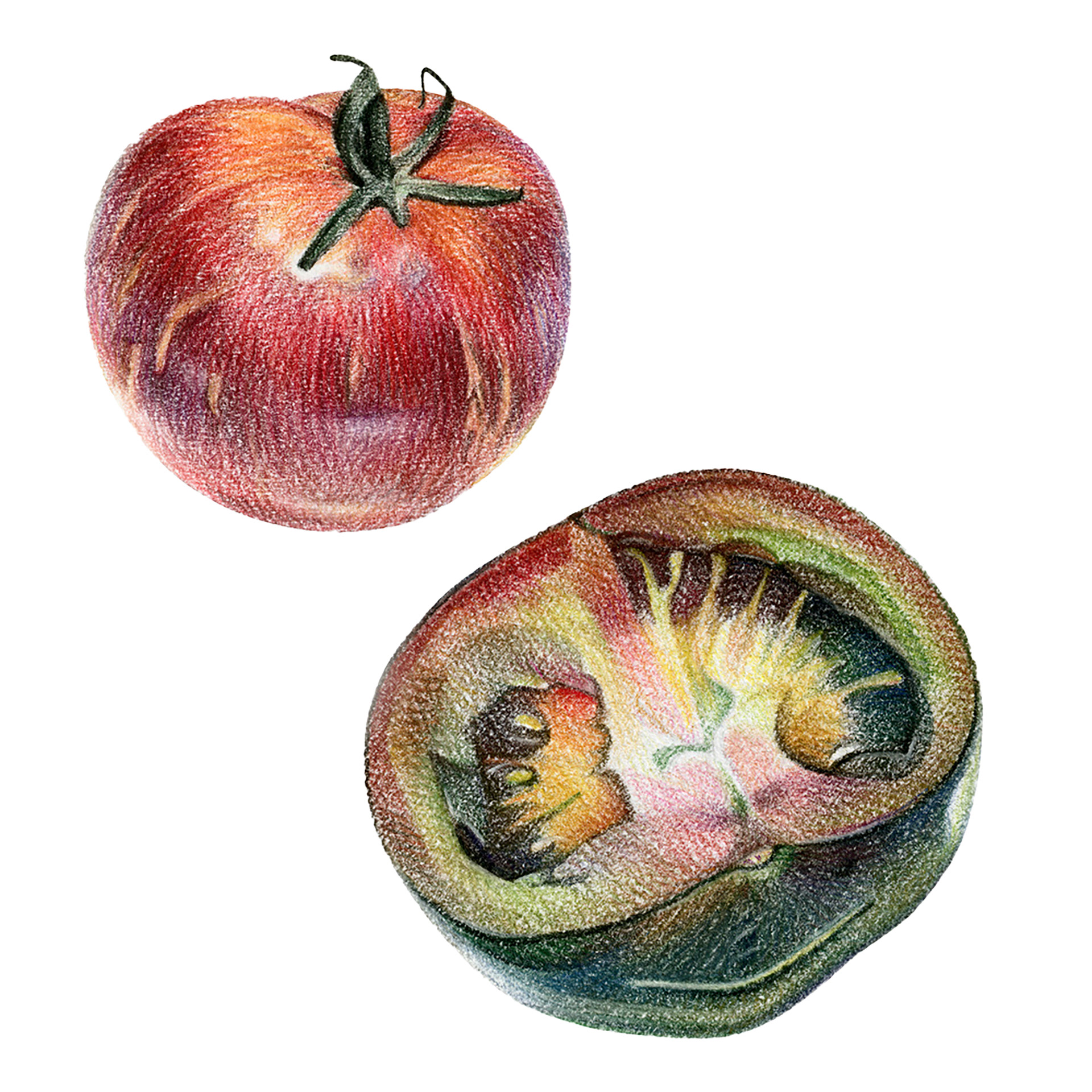


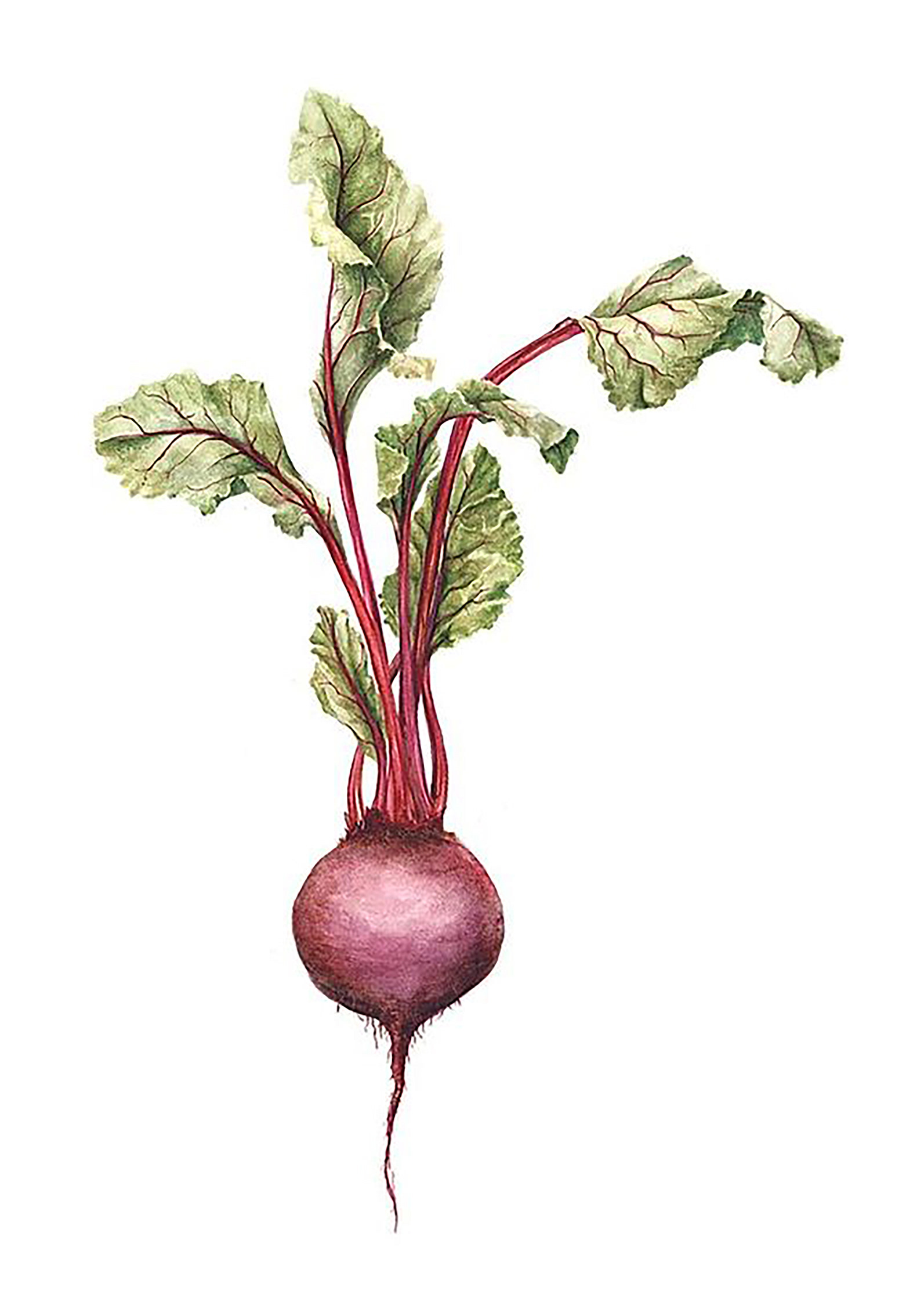
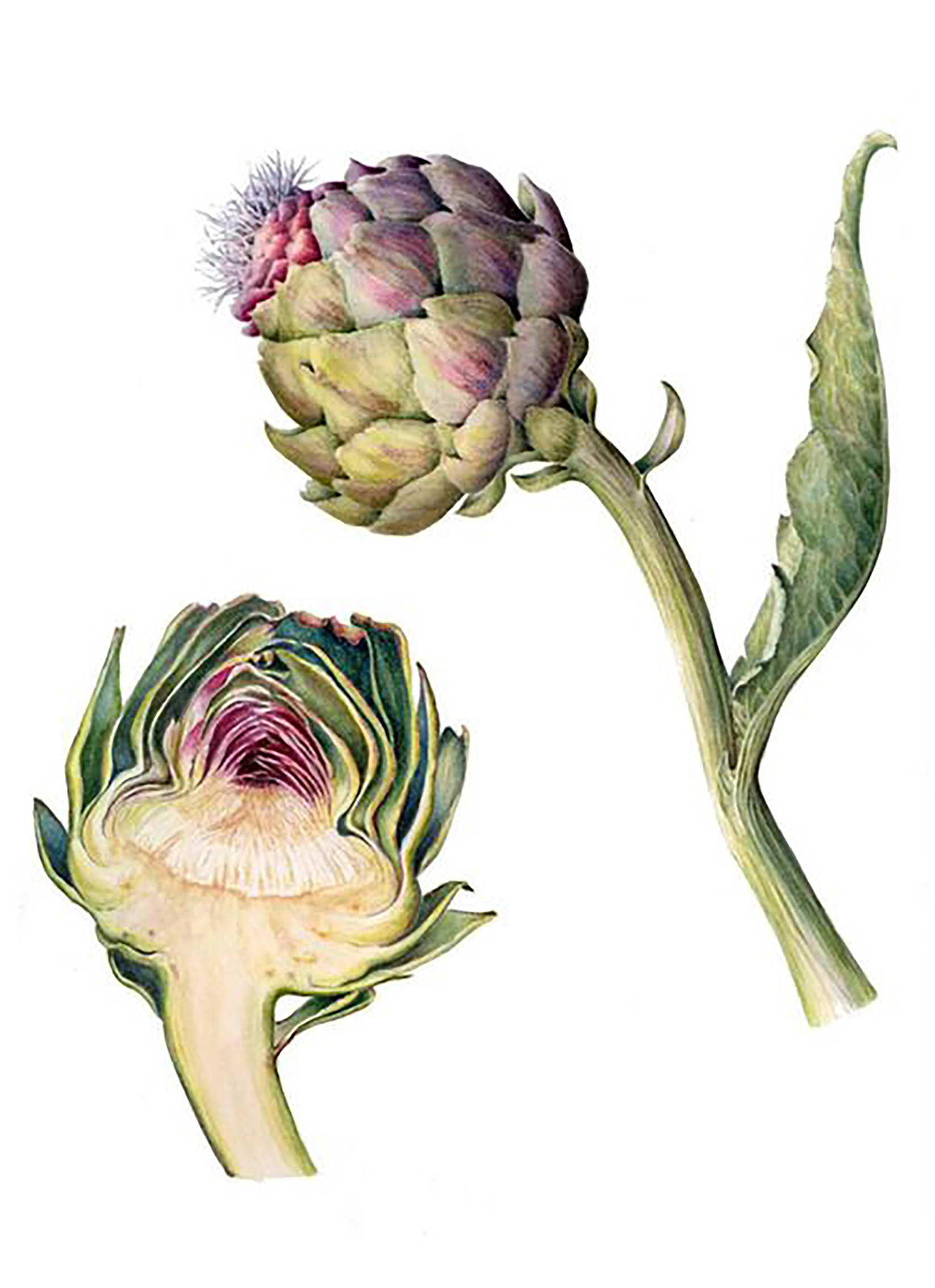

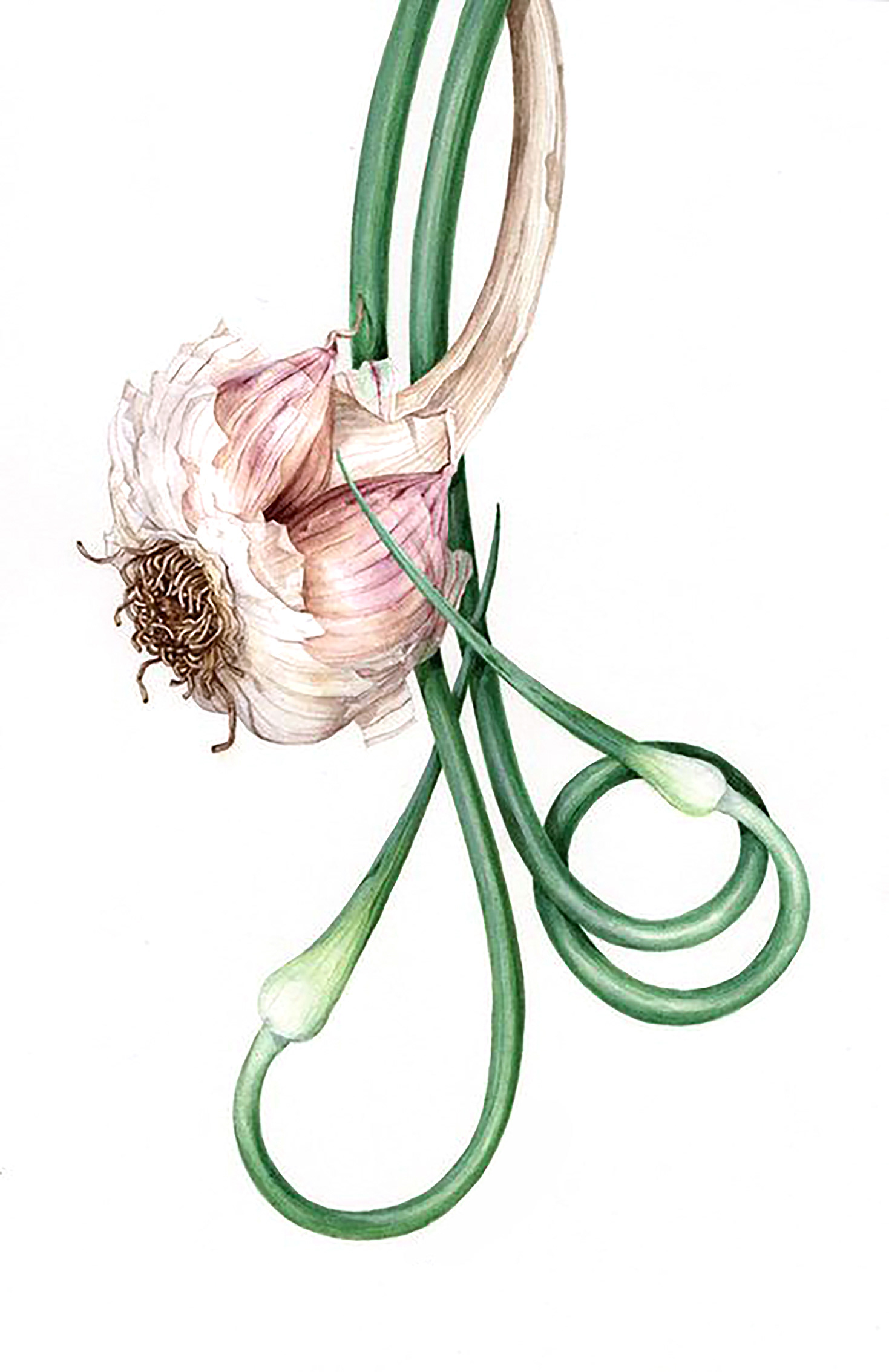
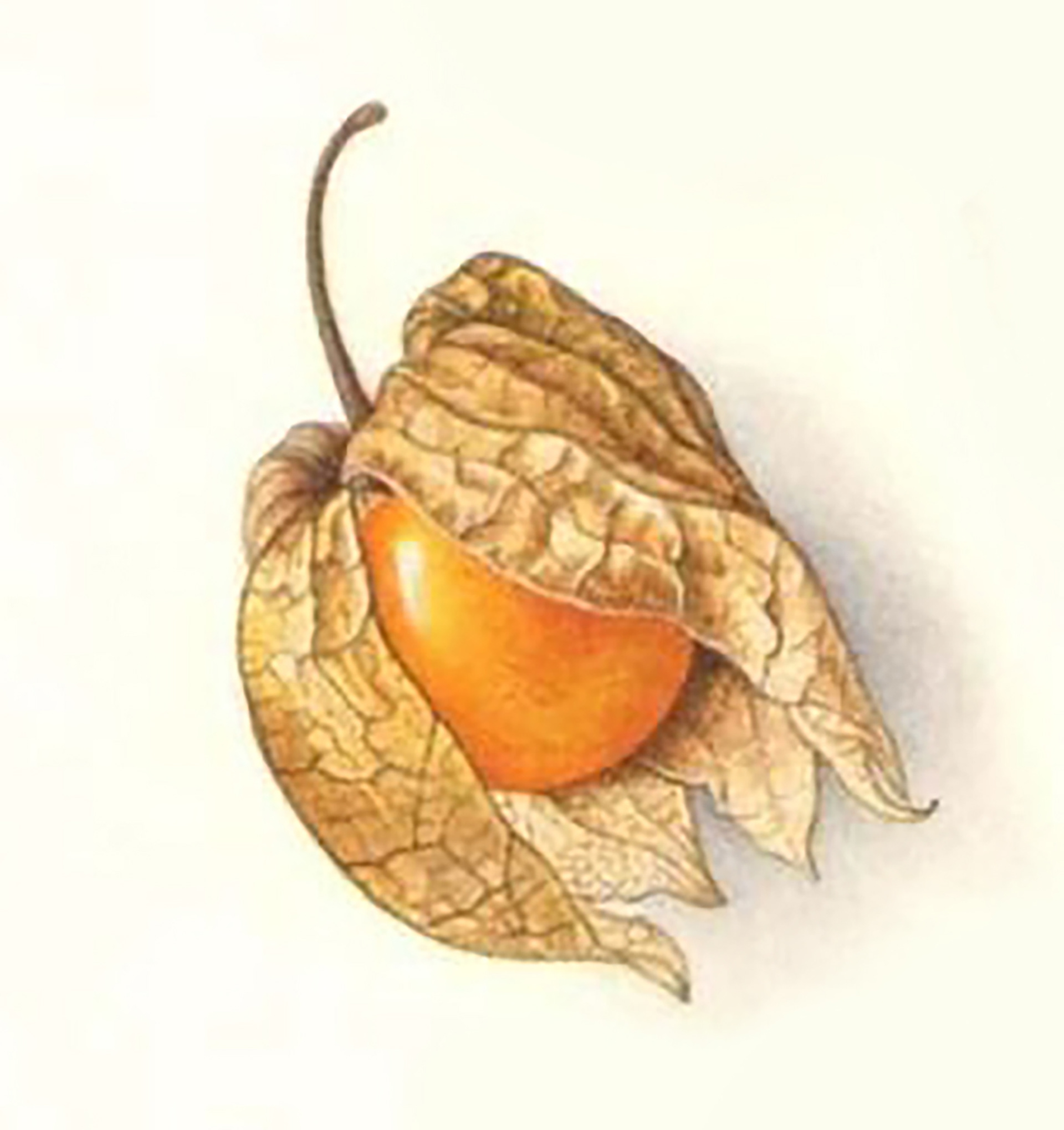
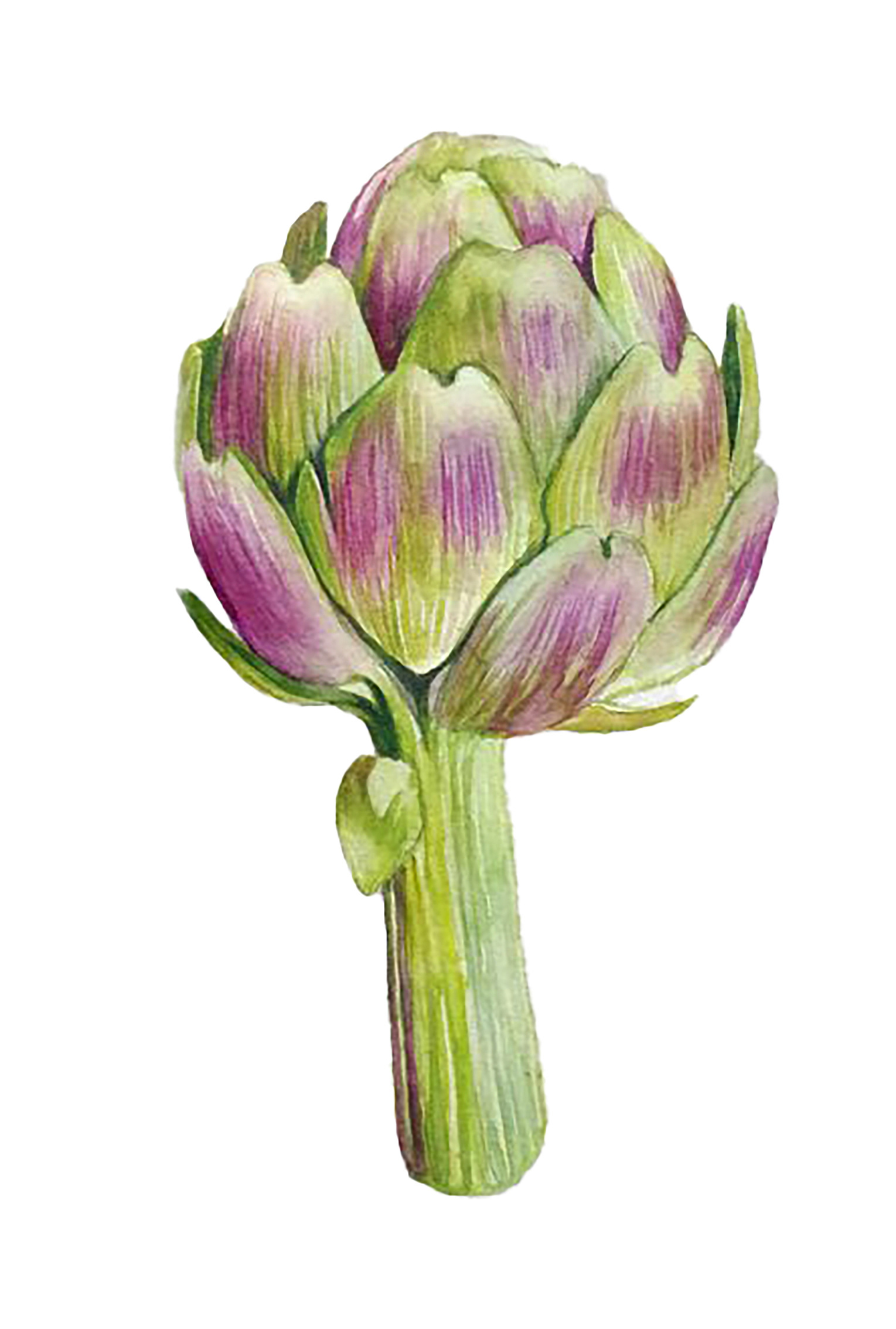
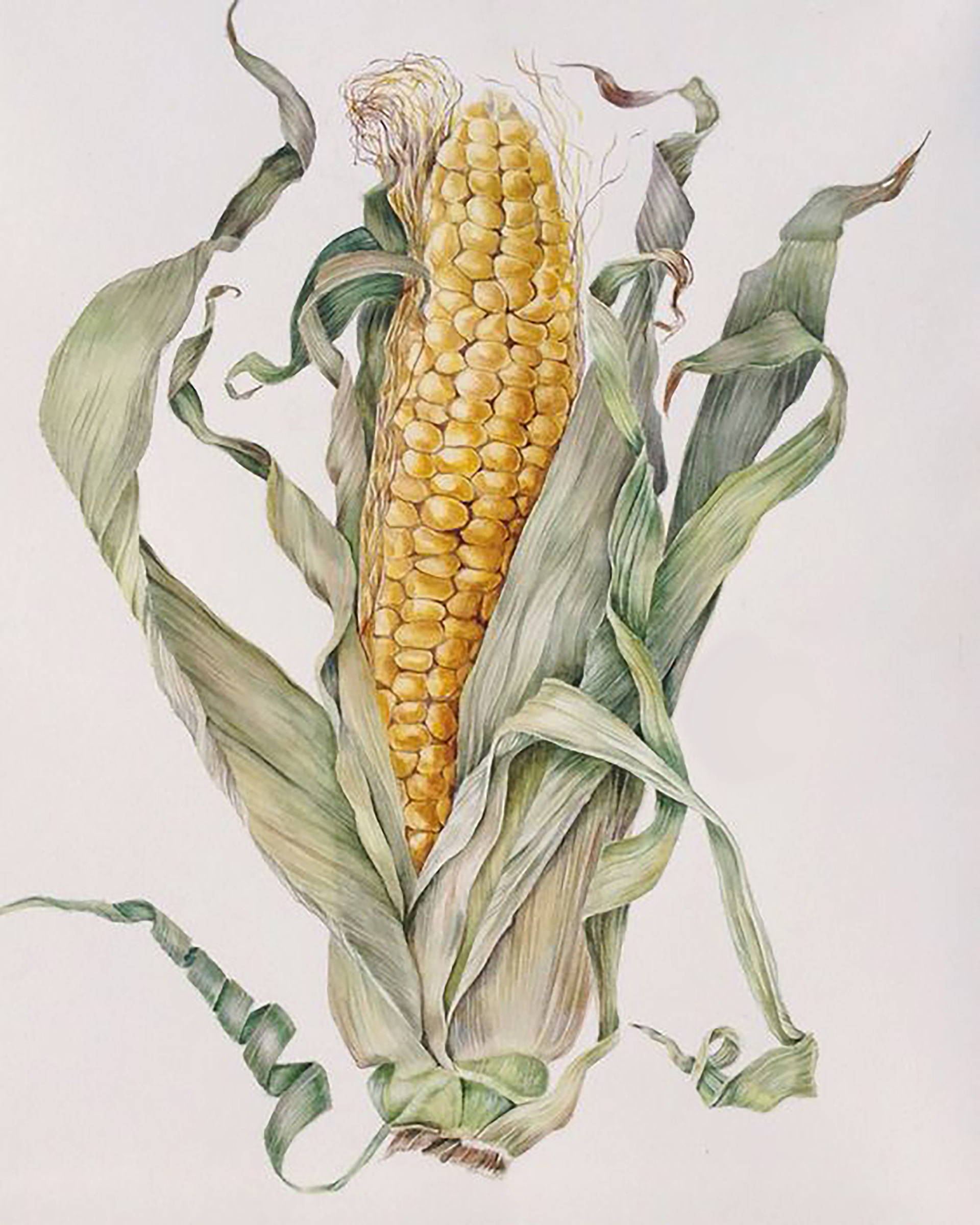

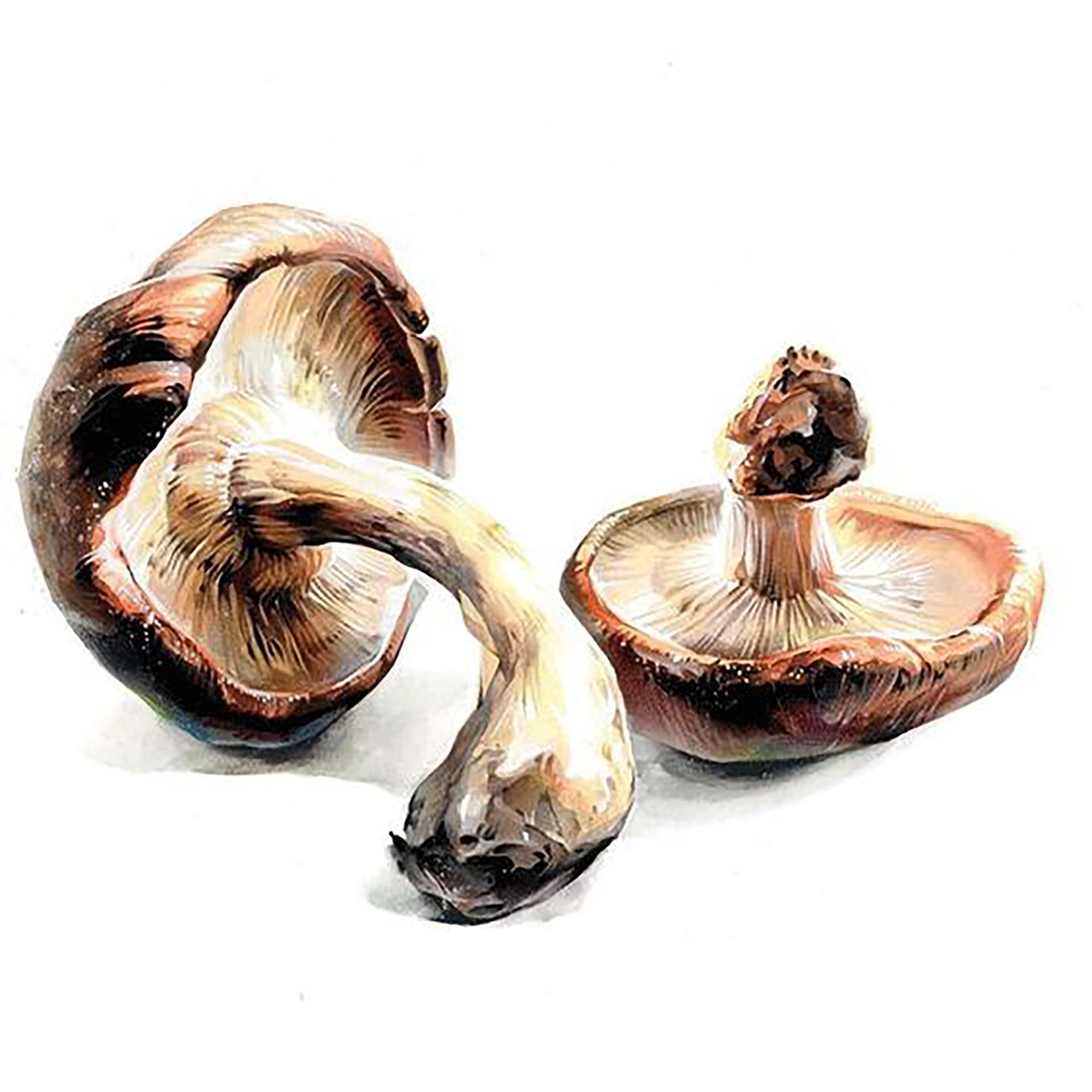
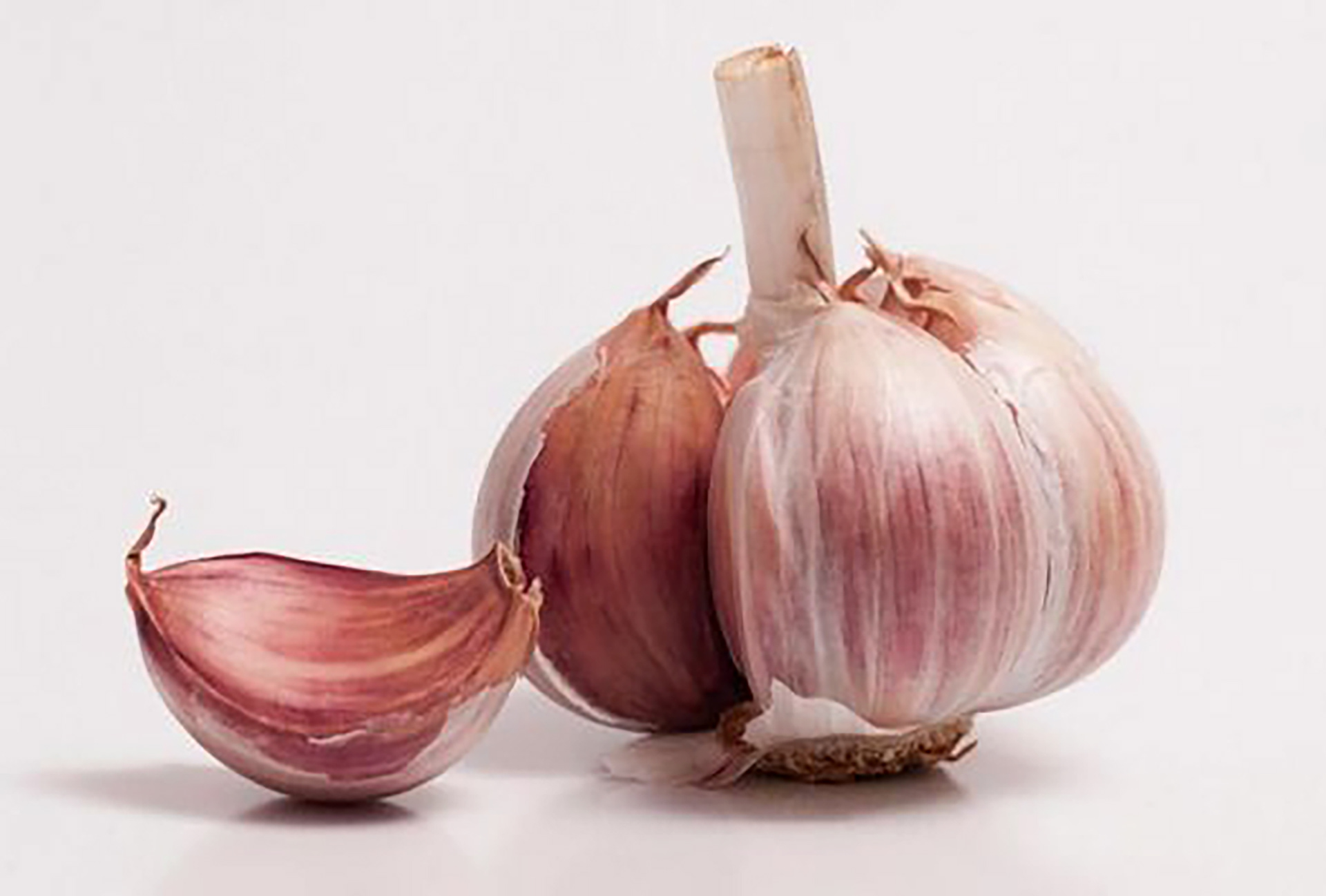
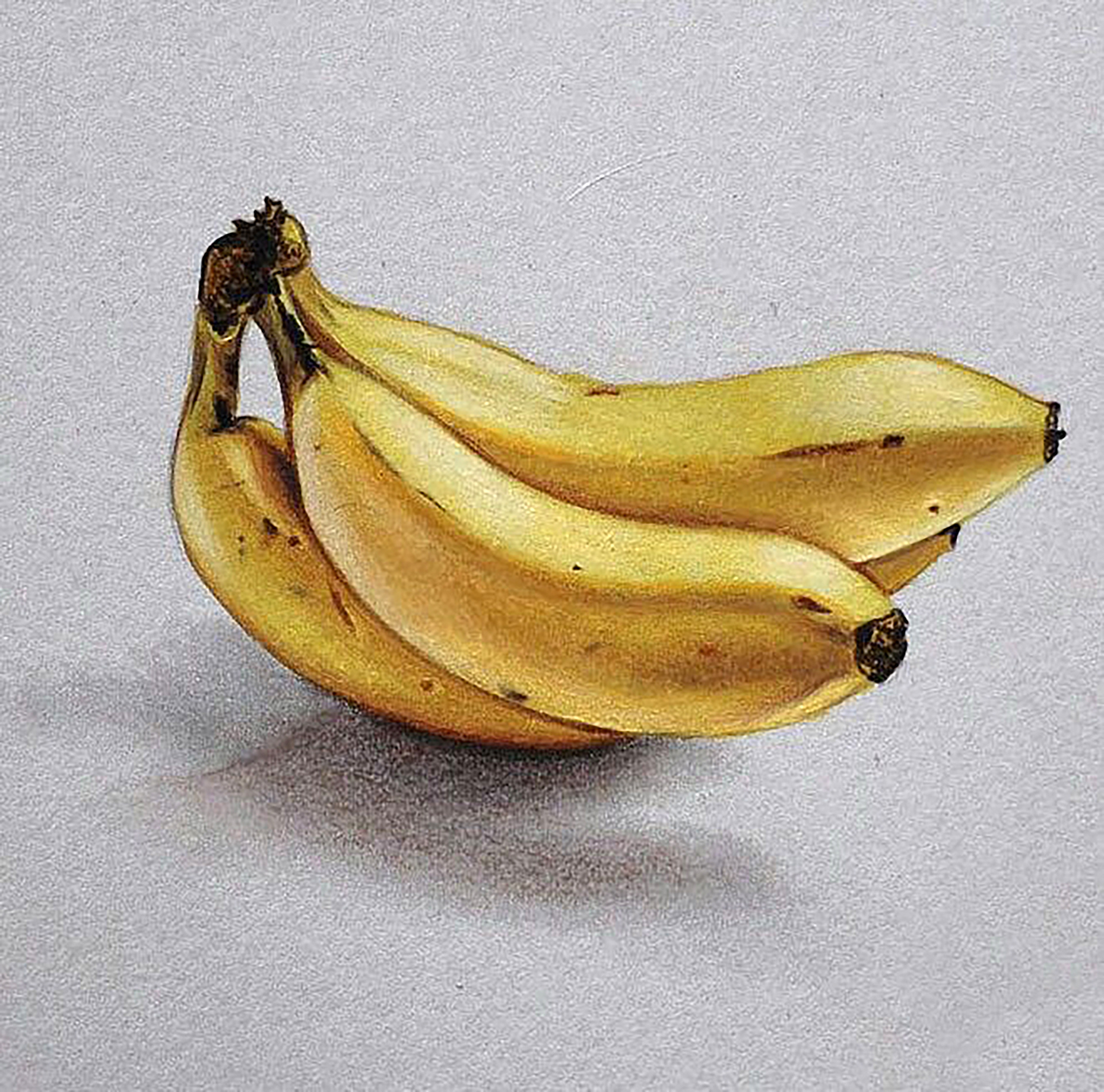
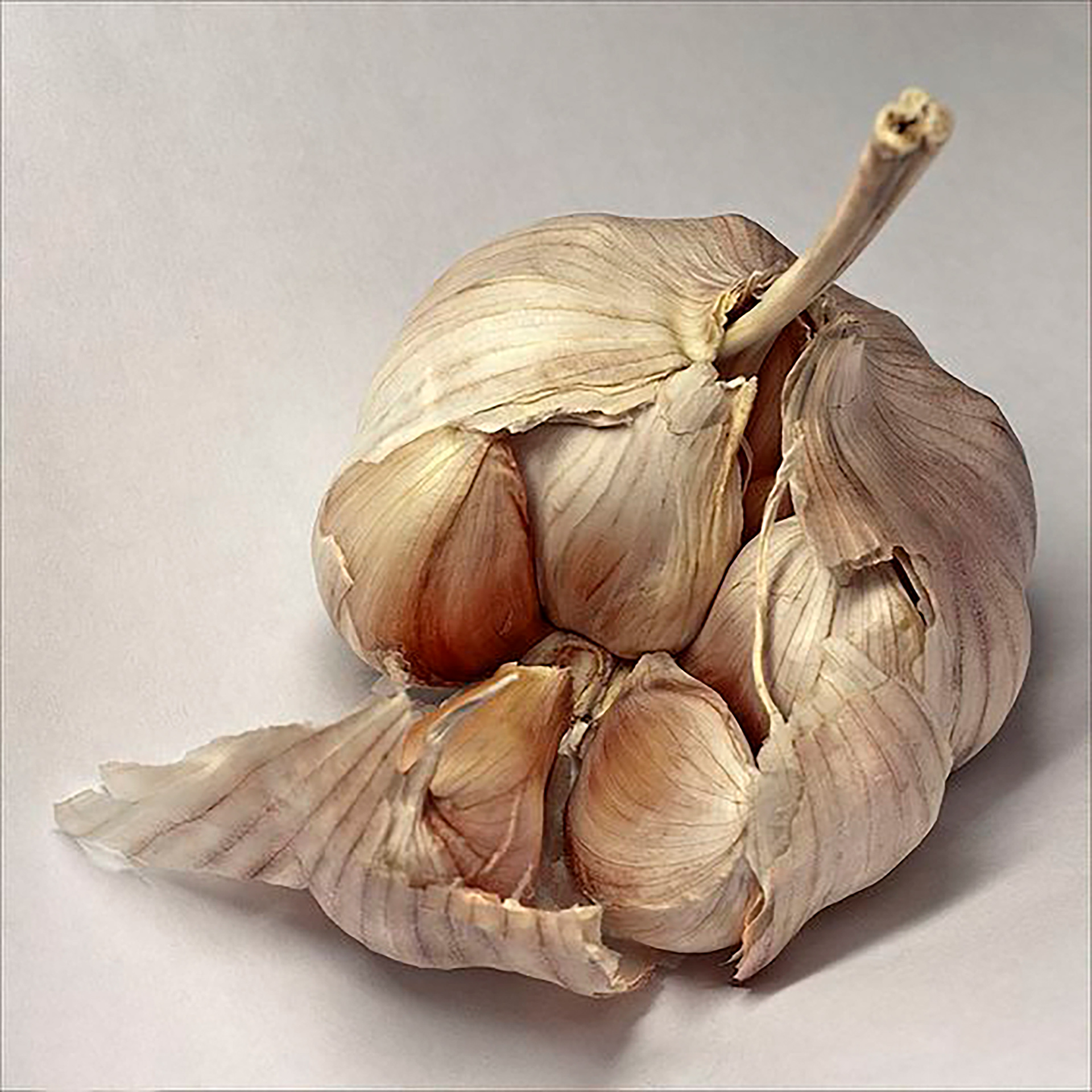
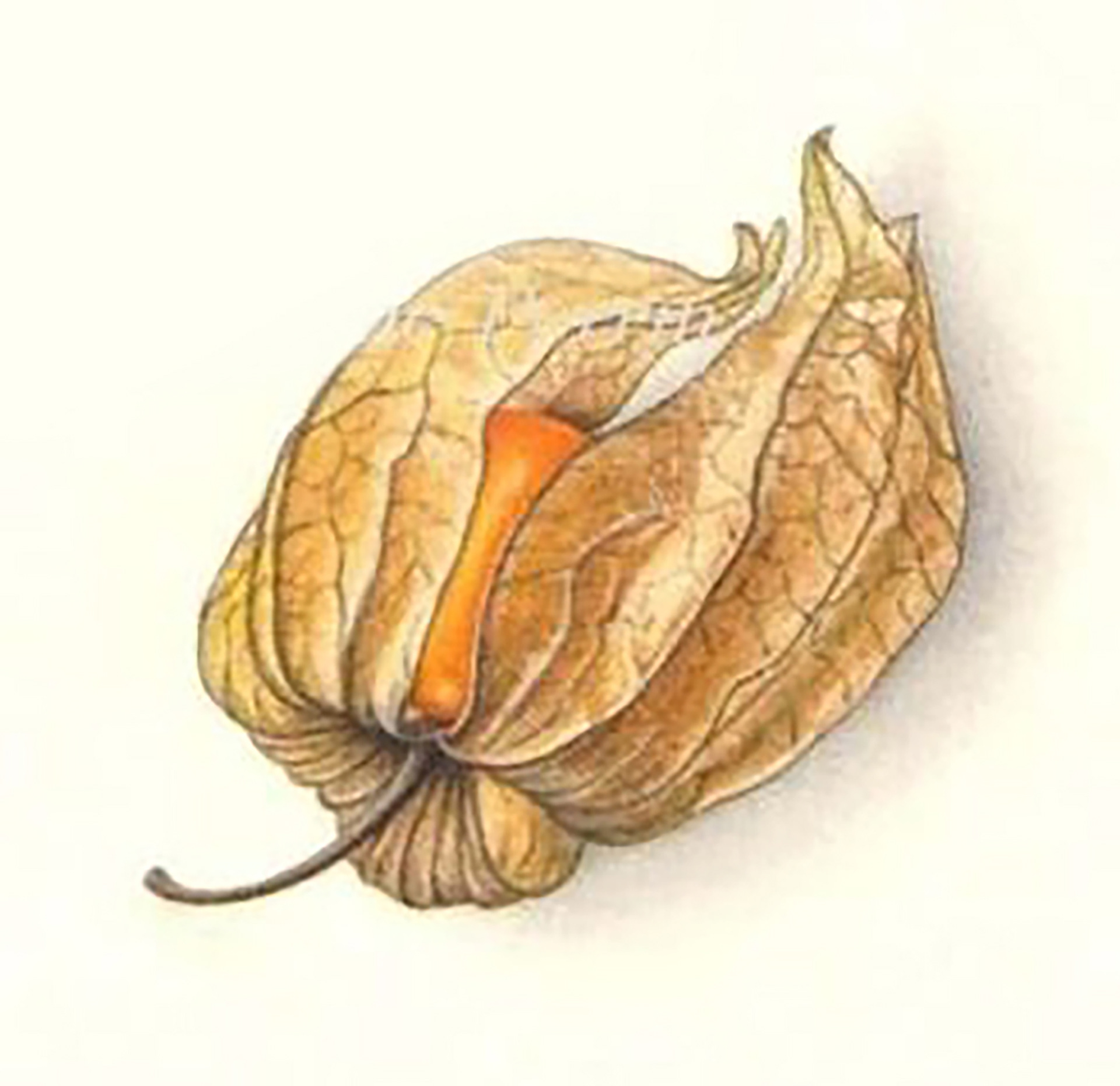
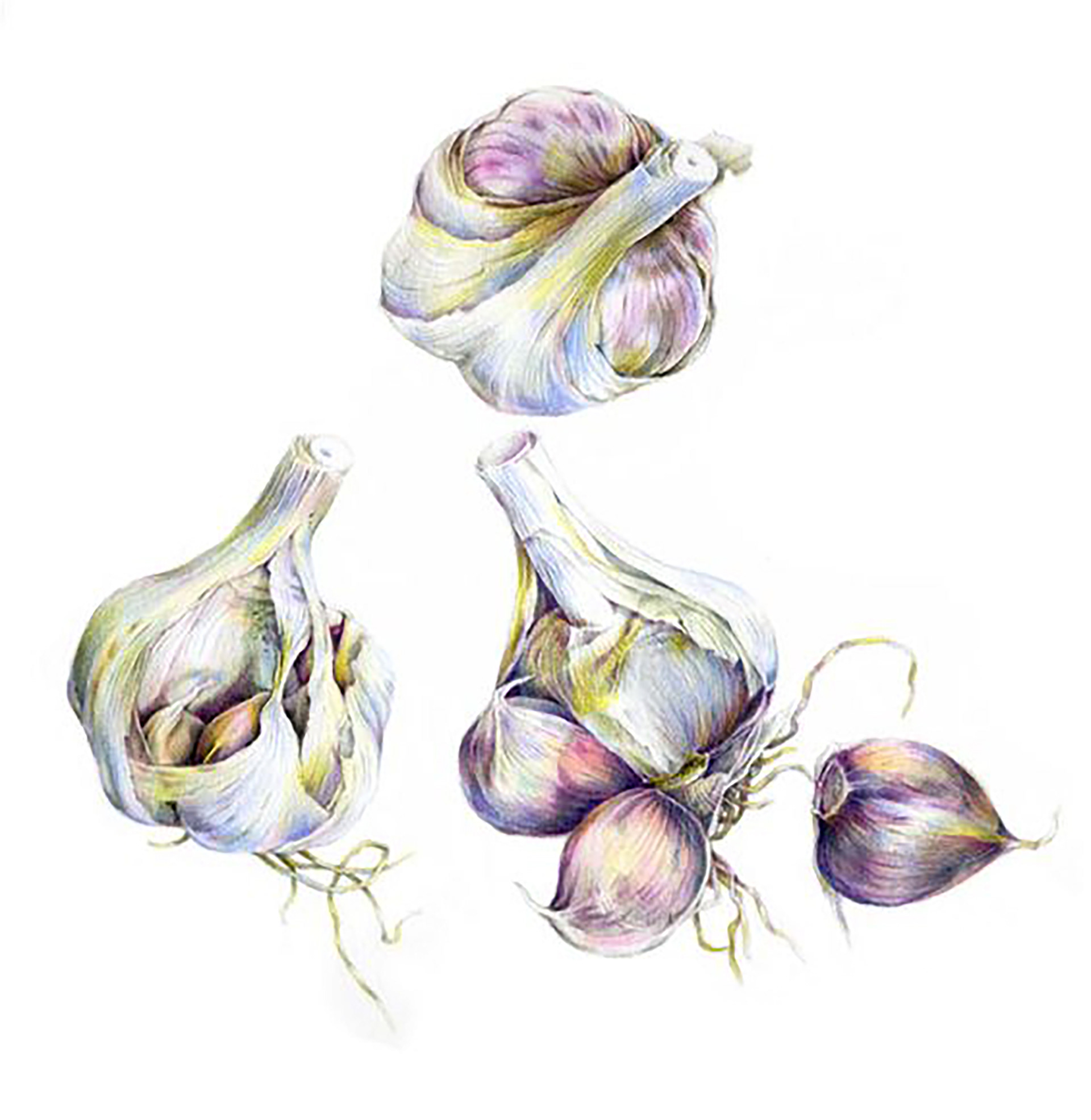
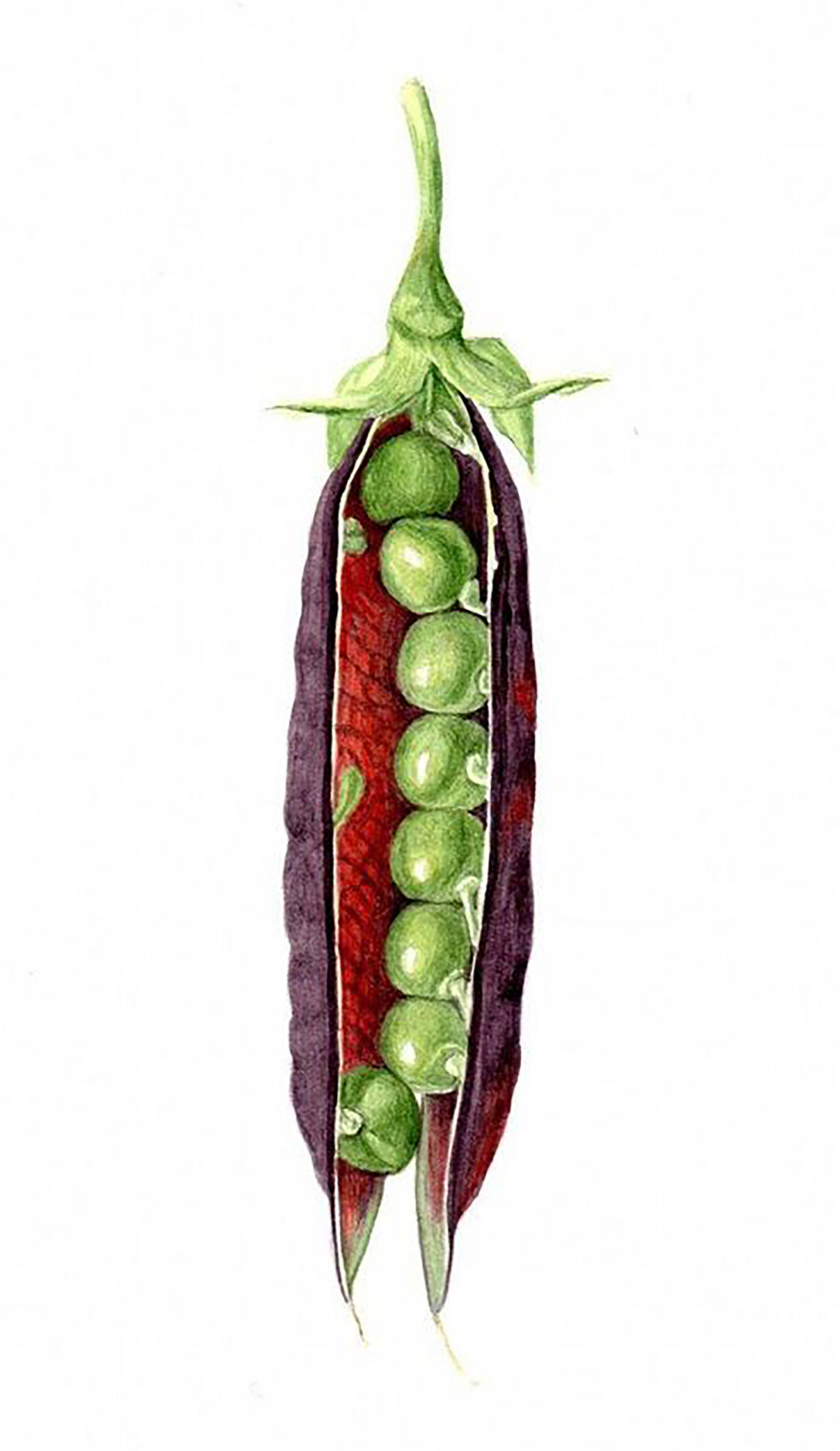
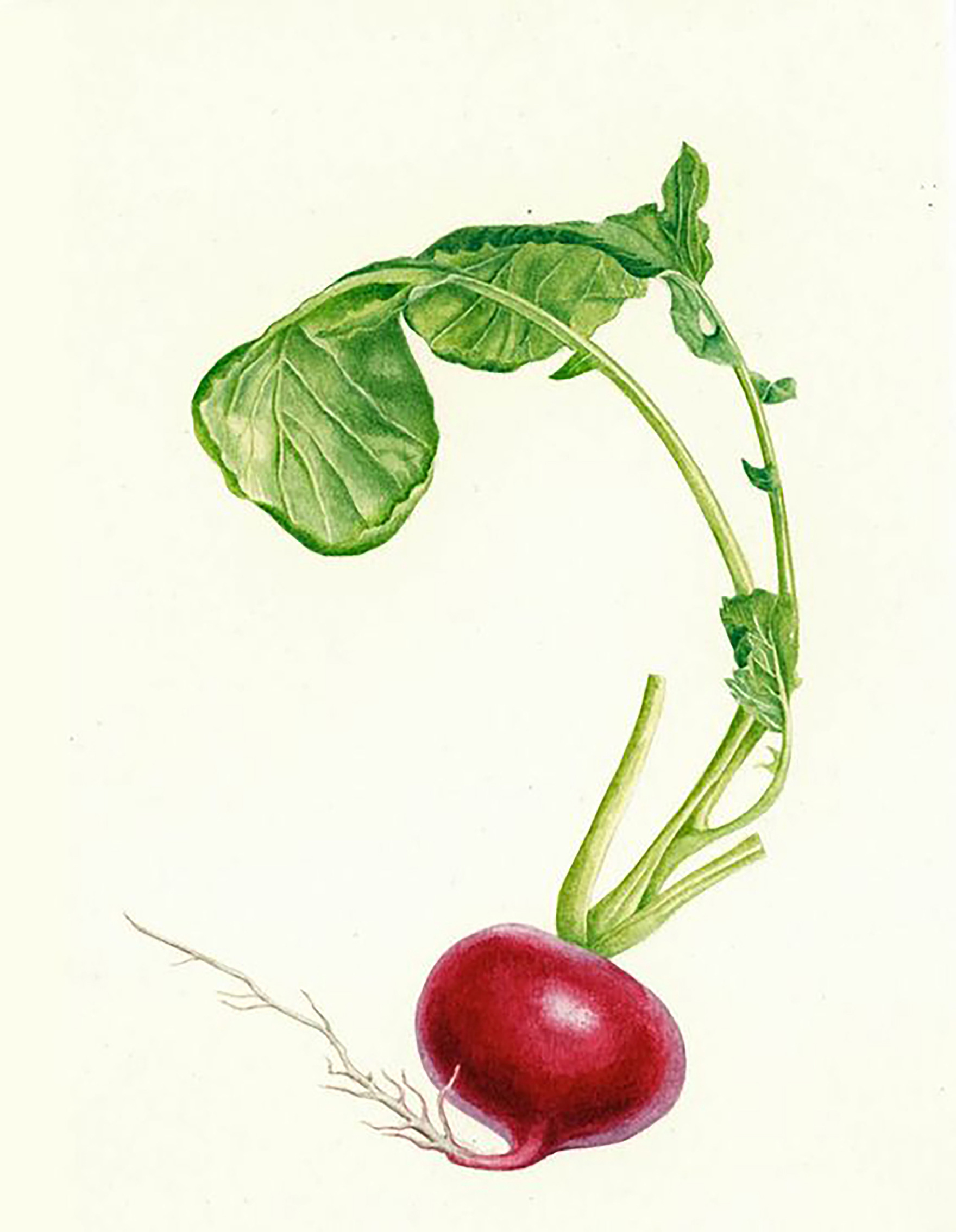


Stretch & Challenge:
If you are looking to stretch and challenge yourself you might consider finding another image to work from. Consider looking out for one of these vegetables:
• Artichoke
• Multi-coloured pumpkins
• Sweetcorn
• Runner beans
• Bell peppers
• Asparagus
• Multi-coloured pumpkins
• Sweetcorn
• Runner beans
• Bell peppers
• Asparagus
Top marks will go to the drawings that show the smoothest, most varied
gradients and where several colours are layered up to make new colours
gradients and where several colours are layered up to make new colours
Top Tips
• Keep your pencils sharp and hold them at a shallow angle to the page to avoid 'scribble lines' appearing
• Keep your shading lines so close together that they are touching one another to make your shading ultra smooth
• Layer your colours gradually, as applying too much pressure too quickly can make your gradients look scribbly and not smooth enough.
• Harmonious colours are a lot easier to blend than complementary colours because they are similar to one another. If you try to blend colours that are opposite one another on the colour wheel you may need several gradients to avoid creating a brown. E.g. Yellow and purple make brown when mixed, but alternatively you could blend from yellow into orange, then orange into red and finally red into purple.
• Control the thickness of your pencil lines by applying different amounts of pressure to the page.
• Keep your shading lines so close together that they are touching one another to make your shading ultra smooth
• Layer your colours gradually, as applying too much pressure too quickly can make your gradients look scribbly and not smooth enough.
• Harmonious colours are a lot easier to blend than complementary colours because they are similar to one another. If you try to blend colours that are opposite one another on the colour wheel you may need several gradients to avoid creating a brown. E.g. Yellow and purple make brown when mixed, but alternatively you could blend from yellow into orange, then orange into red and finally red into purple.
• Control the thickness of your pencil lines by applying different amounts of pressure to the page.
Examples of previous students' drawings:
What do you think has gone well and what could have been improved?
